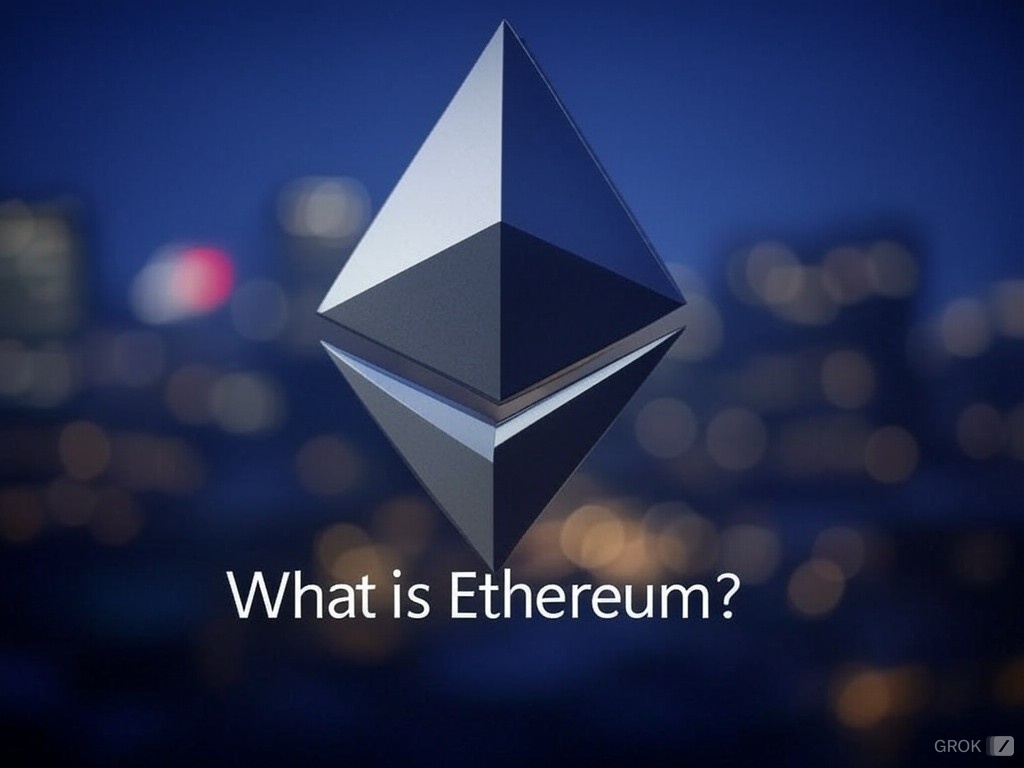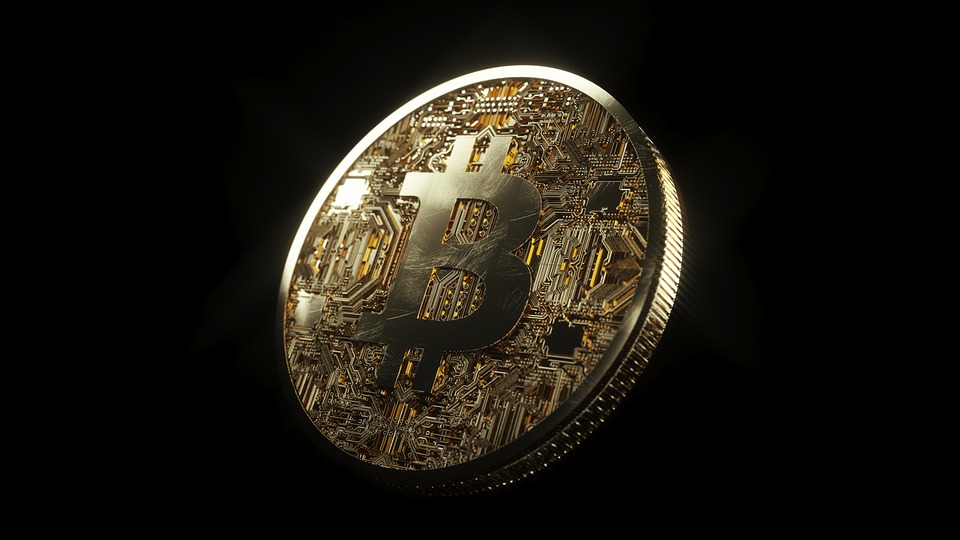

Last weekend, X went wild: the International Monetary Fund (IMF) supposedly declared Bitcoin (BTC) as “digital gold” in the brand new Balance of Payments Manual (BPM7). Influencers threw around phrases like “Breaking: IMF declares Bitcoin digital gold” and “Huge: BTC now officially tracked as gold or real estate!” Even heavyweight Max Keiser joined in: “The IMF sees Bitcoin as de facto digital gold and adds it to their reserves and SDR basket.” Sounds like a game-changer, right? Well, not so fast. Time to check the 1,076-page reality.
The hype began with a few vague sentences in the BPM7 report. Dennis Porter, CEO of Satoshi Act Fund, dug into it and found the source: a passage about “new digital assets designed as a means of payment or store of value.” Some saw that and thought: “Aha, digital gold!” But Porter tempers expectations: “This is a big leap to say that the IMF calls Bitcoin this. They only acknowledge that BTC is designed for this – no approval, just a nod to its role.” In short, wishful thinking prevails here.
Bitcoin is mentioned five times in the report, and it is always specifically named. A key takeaway: “Crypto assets without obligation, such as Bitcoin, intended as a medium of exchange, are treated as non-produced non-financial assets and recorded in the capital account.” This means that BTC is recorded in the books as something like real estate or commodities – not as a shiny gold bar. Stablecoins and NFTs also appear as examples, but nowhere does BTC get a special crown.
The report further explains that “one Bitcoin is equal to any other Bitcoin and is divisible,” which underscores its fungibility. And yes, the IMF calls digital assets suitable as a means of payment or store of value, but that does not make BTC an official reserve. Dreams of SDR inclusion or IMF reserves? They are nowhere in the text. It’s more of a practical update: the IMF wants to better track crypto across borders, nothing more and nothing less.
So what does BPM7 do? It gives Bitcoin a place in global financial administration – as a unique, decentralized thing that they register separately. This is a step forward in terms of recognition, but the “digital gold” label is pure social media hype. The IMF remains sober: BTC is an asset to keep an eye on, not a new monetary standard. The focus is on classification and monitoring, not on a throne for Bitcoin.
For the bulls, this weekend was a nice excuse to cheer, but the reality is less sexy. The IMF does not embrace Bitcoin as gold or reserve – it simply adjusts its accounting for the crypto revolution. However, it is a signal: BTC’s economic impact is taken seriously. No revolution, but evolution. So, before you blindly follow Max Keiser, check the report yourself. The truth lies somewhere between the tweets and the dry rules – and that’s often where the real opportunities lie!